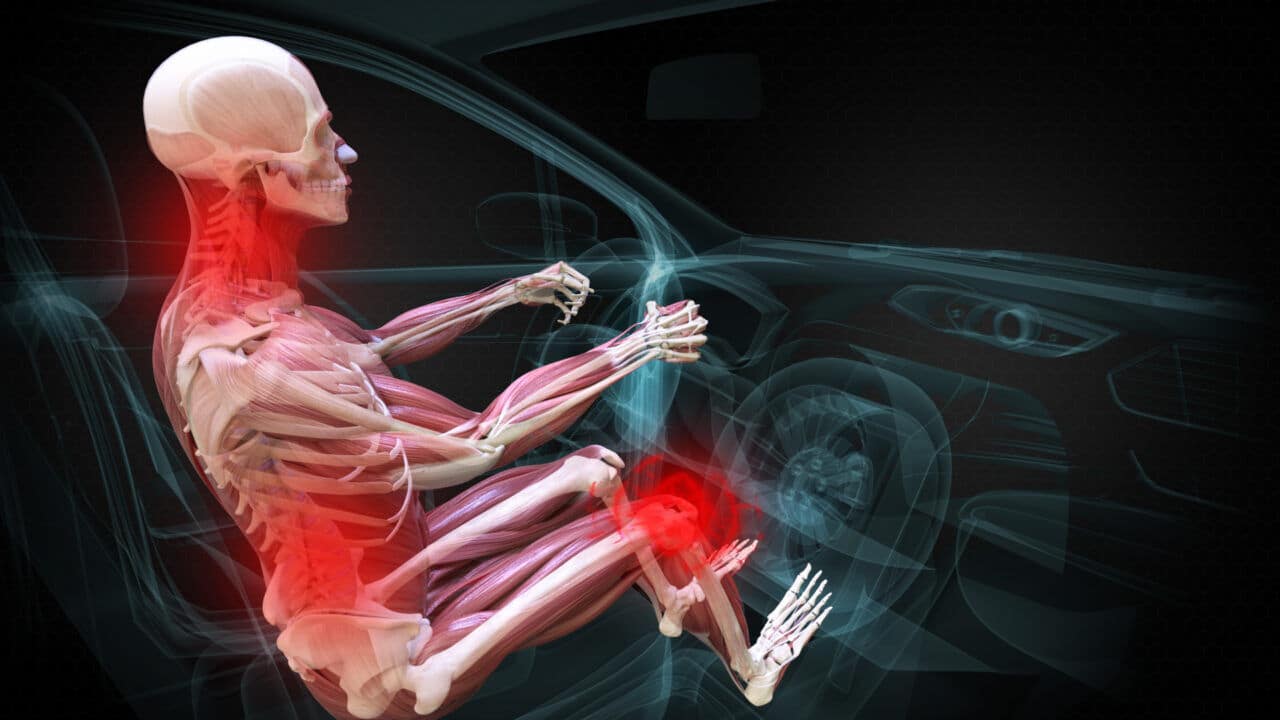Memory, words, and pictures are all important in the learning process. The more someone can retain acquired information in a learning process, the better the measured outcome of the learning process. Avneet, Pal Singh, & Siddhraj (2018) in their article A Review of Learning and Memory published in the Journal of Drug Delivery and Therapeutics, explained that memory is important for success in a learning process because learning is related to the acquisition of information and subsequent retention of the acquired information.

Words
No doubt, spoken words are powerful in learning. Especially when those words are accompanied by body language, signs, and gestures, but they are not the only road to learning. It’s also a commendable thing to note that emotions and passion can also be caught from spoken words. However, according to Annett Schirmer and colleagues from the National University of Singapore, emotion helps us recognize words quicker and more accurately straight away – but not in the longer term.
For the learning process to be much more effective, there has to be retention. Little wonder did Van De Ven & Johnson (2006) in their article “Knowledge for Theory and Practice” published in The Academy of Management Review opined that information stored or left from a learning process, which is to be transformed into knowledge and knowledge is to be translated into skills to be successful in learning.
Memory
The memory of learners can be enhanced and their learning performance can be increased with pictures. Brown(2014) in his book “The Doodle Revolution: Unlock the Power to Think Differently” explained that we are neurologically wired with an overwhelmingly visual sensory ability”. Vanichvasin(2021) further affirmed this in his publication by The Canadian Center of Science and Education and said that “with visual communication, content is communicated in a format that is easy to understand, stimulates interest and helps retain the content”. Not only are pictures easier to notice and comprehend than words, but they are also easier to remember.
Pictures
Paivio(1986), a professor of Psychology and imagery, memory, and cognition expert researcher, explained the benefits of pictures in an article published by the Oxford University Press with the Dual Coding Theory. He explained that words are encoded with a single code when they are stored in long-term memory while pictures, on the other hand, have two codes: one visual and one verbal, both of which are stored in distinct parts of the brain. With pictures, he explained that there are two methods to retrieve visual memories, boosting the chances of recalling at least one of them.
However, Kosslyn(2007) in his work “Clear and To The Point” published by The Oxford University Press opined that if we really want others to remember something, we should use words and pictures together. He explained that we store visual and verbal memories separately and we have the best recall when we are able to access one or the other. Reed(2010) in his article “Thinking Visually” published by the New York Psychology Press points out that our cognitive abilities to comprehend, remember, reason, solve problems, and make decisions depends on a rich combination of words and images. Thus, adding pictures to text aids comprehension and learning.
In conclusion, the world is increasingly getting pictorial and we should embrace it. It’s a tool that enhances communication between parties in today’s world. There is nothing menial or archaic about texts or words, but the usage of words and pictures should be maximized in order to achieve exceptional results in learning retention and communication.
Fox Animated Engineering will accurately illustrate events: Vehicular Cases, Medical Cases, Construction Cases and Intellectual Property Cases. Click here to reach out to our team.






